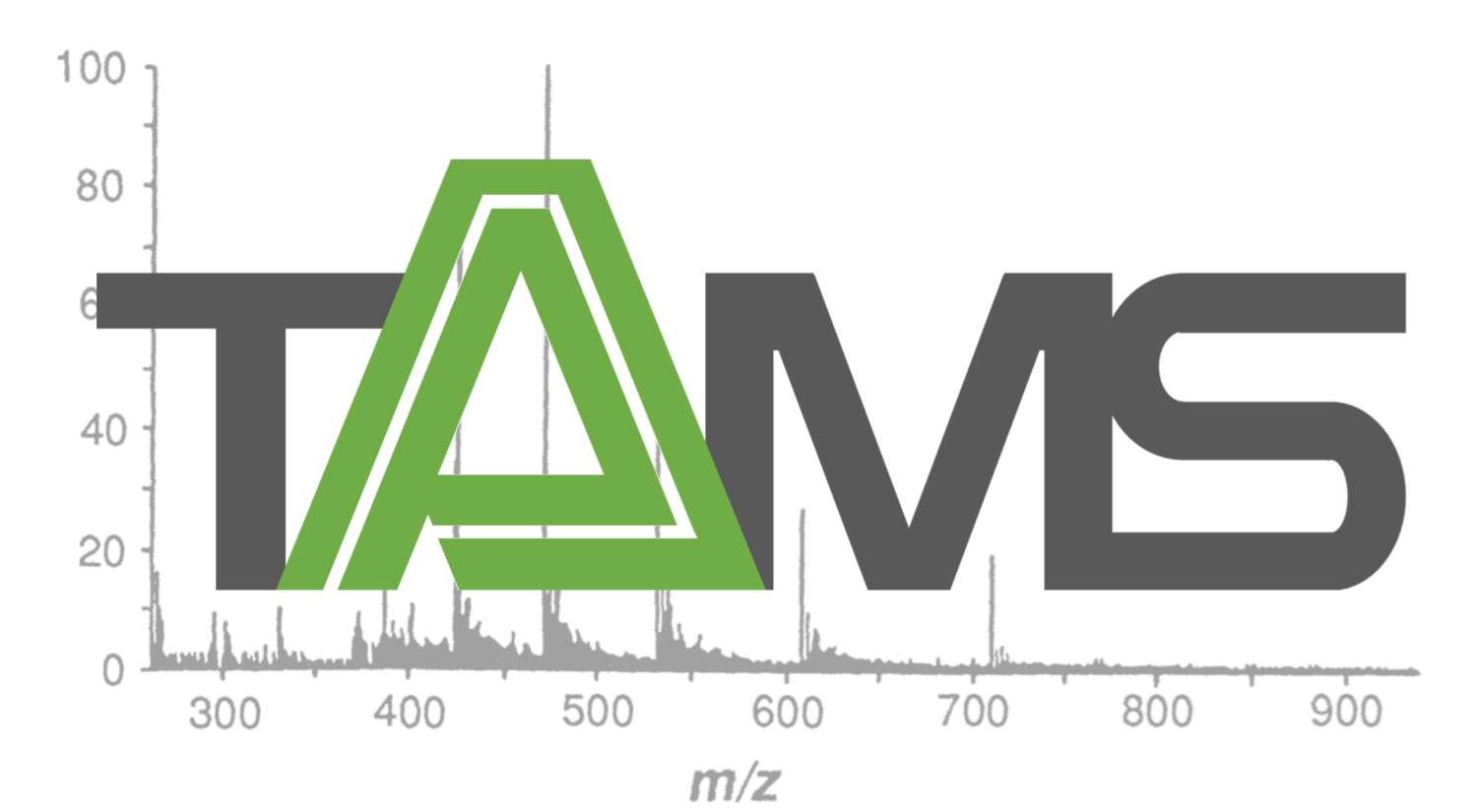Plenary Lecture:
"An Analyte's Journey from Solution into the Gas Phase: The Mechanism of Electrospray Ionization"
Professor Lars Konermann, Western U.
Electrospray ionization (ESI) mass spectrometry (MS) has become an indispensable tool for numerous analytical and bioanalytical applications. These range from LC/MS analyses of small analytes all the way to “native” ESI-MS studies on large protein complexes. This presentation will discuss the individual steps of the ESI process, starting with bulk solution that is infused into the ESI source, and ending with desolvated ions in the vacuum of the mass spectrometer. We will highlight the tremendous recent progress in the overall understanding of ESI-related processes, driven by experimental advances and by molecular dynamics simulations of highly charged droplets. The talk will include results obtained by our own research group, as well as data from laboratories around the world. An earlier version of this presentation was delivered as an opening plenary lecture at the 2016 ASMS Conference in San Antonio, TX.
Student Lecture:
"DIMS Coupled to a Multi-emitter nESI Source for Shotgun Lipidomics Applications"
James Keating, Laboratory of Professor Gary Glish, University of North Carolina Chapel Hill, Department of Chemistry
Measurement of lipids by mass spectrometry is powerful diagnostic tool, as relative expression can be compared between healthy and diseased samples with high sensitivity and selectivity. A shotgun lipidomics platform was designed using two nanospray emitters (pulled glass capillaries) and a custom-built differential ion mobility (DIMS) device coupled to an ion trap mass spectrometer. Rapid comparison between control and stressed samples can be achieved by pulsing electrospray from each emitter separately, providing a means of biomarker identification as well as relative quantitation of lipid species. Pulsed operation was controlled by external high voltage power supplies synced to the ion accumulation portion of the mass spectrometer scan function, where one emitter is active for n ion accumulations (n is equivalent to averaged scans) and turned off following the nth ion accumulation, allowing the second emitter to stabilize electrospray during the mass analysis (~200ms) portion of the nth scan. Differential ion mobility is used to mitigate issues associated with the complexity of biological samples, including presence of isobaric compounds and large ranges of concentrations of relevant lipid species. DIMS parameters (dispersion field, temperature, and solvent modifiers) were tested for the transmission and separation of lipid ions. The addition of polar solvent modifiers provided separation of common lipid classes. Differential lipid expression was simulated using known concentrations of lipid standards and lipid class-specific internal standards. The dual nESI-DIMS-MS setup was used to measure expression of neutral lipid species in Chlamydomonas reinhardtii grown in nitrogen-deprived and normal conditions.
